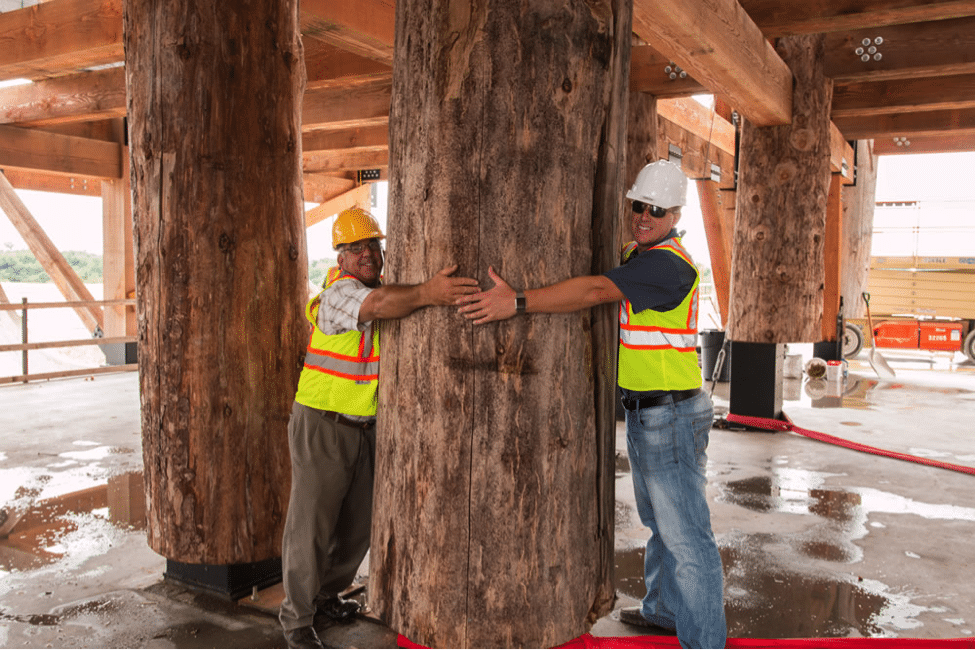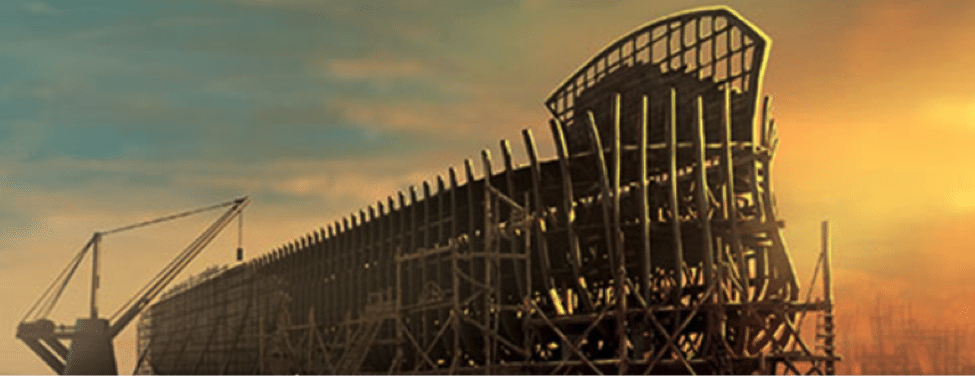September 2015 newsletter
- 7 Tips for Building a Strong Contractor Safety Program
- Project profile: Building Noah’s Ark
- See you at the National Safety Council Congress
7 Tips for Building a Strong Contractor Safety Program
By Jake Snyder
Here are some tips to protect both the workers on your site and your company:
Before any work is done
- Require that contractors provide you with documentation of their safety performance and safety program. Items that you will want to see:
- A copy of their safety program
- Documentation of their Experience Modification Rating, which measures Workers Compensation claims experience
- A copy of their OSHA 300A log, which summarizes on-the-job injuries and illnesses
- A copy of their Hazard Communication program, which reports to workers on the hazardous chemicals to which they are exposed
- A copy of their chemical inventory list
- Copies of all required permits and certifications
- A signed statement from the contractor agreeing to comply with all applicable safety laws and to meet or exceed your company’s safety requirements.
In addition, provide them with your site safety program.
- Review the documentation. For the contractor’s safety program, some items to consider:
- Is there a signed mission statement?
- Does the contractor have a plan to do inspections?
- Does the contractor plan to have a full-time safety representative overseeing its work? Or how often will a competent safety person be on site?
- Does the contractor have a safety committee and do weekly toolbox talks?
- How many safety meetings are held? Daily/Weekly/Monthly?
- What kind of safety training is provided?
- Is there an effective disciplinary process for workers committing safety violations?
- How involved is management when an injury occurs? Require the contractor have a light duty program. Effective management involvement and light duty programs can assist in injury recovery process.
- What is their fit for duty program? When is drug testing done?
- Do they conduct job hazard analyses?
- If the contractor uses trucks and equipment, is there an equipment inspection program?
- Require a face-to-face meeting with the contractor’s management team to review the documentation and your safety requirements. Get their commitment.
- Require that every one of the contractor’s workers attend your safety orientation before being allowed to go to work on your site. To make your orientation most effective:
- Have a defined orientation schedule. Contracted workers come and go frequently.
- Conduct face-to-face orientations and only use videos to support the orientation.
- If possible, have your senior supervisor/management attend each orientation. That sends a strong signal about your commitment to safety.
- If workers don’t speak English, have a translator available. You may want to use a senior member of the work crew do the translation.
After work begins
- Conduct regular inspections to make sure the contractor is following through on safety.
- Make sure the contractor is conducting their own inspections and documents them.
- Attend safety meetings, training sessions and toolbox talks to check on quality.
With careful planning and strong follow-up, you can create a strong contractor safety program and maximize safety performance at your worksite.
Jake Snyder is Southern Regional Business Manager for FDRsafety. Contact him at jsnyder@fdrsafety.com or 1-888-755-8010
Project profile: Building Noah’s Ark
FDRsafety has had the privilege of being engaged to provide safety services on one of the most unique projects now going on in the United States: The construction of a replica of Noah’s Ark in Williamstown, KY, outside of Cincinnati.
The replica will be the main attraction in the Ark Encounter Theme Park, and will be the largest timber frame structure in the country. That provides some unusual safety challenges, but in the two years FDRsafety has been on this project, with nearly 100,000 hours worked, the only injury has been a splinter in one worker’s hand.
FDRsafety’s work has been supervised by company President Jim Stanley and Chief Operating Officer Tim Sirofchuck, both of whom have years of experience with construction projects.
The first picture you see below is an artist’s rendering of what a future stage of construction will look like and the second shows workers with their arms encircling one of the ark’s giant timbers. We’ll keep you updated on the progress of this fascinating project.


See you at the National Safety Council Congress
FDRsafety is excited to be exhibiting at this year’s National Safety Council Congress at the Georgia World Congress Center in Atlanta.
We will be out in full force, with representation by CEO and Founder Fred Rine, Vice President Flavius Brown and Regional Business Managers Jamie Kaiser and Jake Snyder.
We’ll be at Booth 1567 at the following times:
Monday, Sept 28 – 9:30 a.m. to 4 p.m.
Tuesday, Sept. 29 – 9:30 a.m. to 4 p.m.
Wednesday, Sept. 30 – 9:30 a.m. to 1 p.m.
We hope to see you there.
